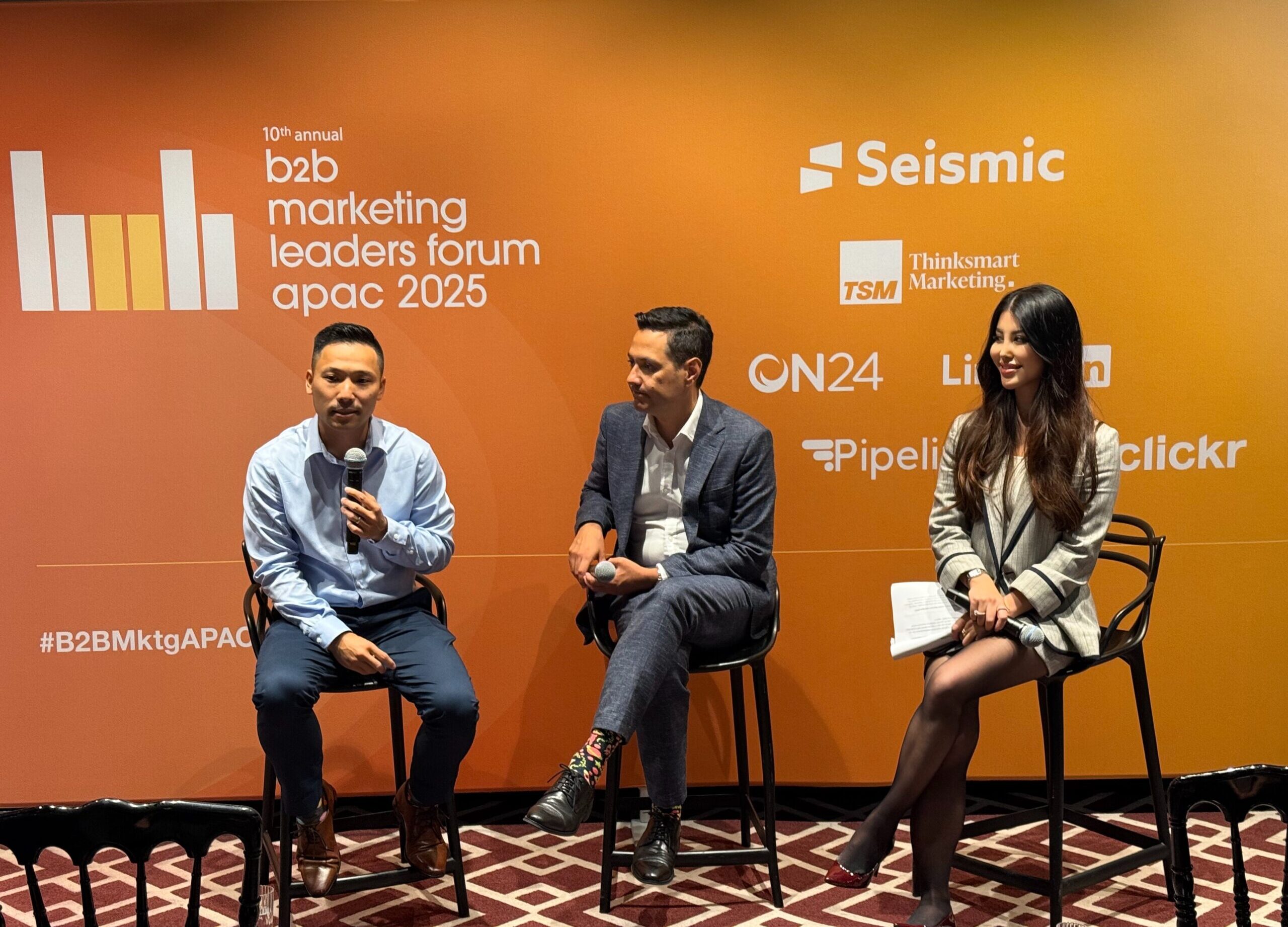(function () { var e = document.createElement(‘script’); e.type = ‘text/javascript’; e.async = true; e.src = (‘https:’ == document.location.protocol ? ‘https’ : ‘http’) + ‘://btn.createsend1.com/js/sb.min.js?v=3’; e.className = ‘createsend-script’; var s = document.getElementsByTagName(‘script’)[0]; s.parentNode.insertBefore(e, s); })();
Stay Updated With Digital Marketing News & Trends
Last week we took a look at how promoting content can greatly help with ROI. Let’s take a look at how to amplify content this week to achieve those desired results.
Finding The Right Audience
Your first step is to determine who you’d like to speak to. Facebook allows for some very specific targeting parameters so you can reach exactly who you want. Features like lookalike audiences can even reach out to audiences that are similar to your existing fan base!
Since Facebook limits organic reach, you can also choose to target your own fans or non-fans as well, and your creatives should cater to that.
Your creative for non-fans should serve as an introduction and cut to the USP of your product or service while it might be better to reinforce products and benefits to drive them to conversion.
Finding The Right Channels
The following table shows a general blueprint on types of content suited for each channel, but we’ll be touching on each one individually as well.

Instagram
With a strong focus on visual content, original, high quality, creative content is paramount on this platform. Expect to spend more on production, stock images are unlikely to make the cut when it comes to viewer attention.
Although it’s often used in B2C services, B2B companies can also look to Instagram to show off a more creative side and display some of their core values and commitment to their mission. Buffer does this pretty well.
Facebook is the jack of all trades and works well with just about any kind of content. Video and images are increasingly a more viable option especially with new features like 360 degree photos and videos.
Show off your company’s achievements and take on the industry with Linkedin. While it’s an obvious choice for B2B services, B2C companies can draw advantages as well by producing relevant and up to date content that demonstrates superior understanding.
Blog posts shine here, especially with their native publishing tool Linkedin Pulse. Although you won’t be able to post long form as the company, sharing the blogs of your employees can still have the same effect and even help showcase your in-house talent.
Twitter’s strength lies behind the influence of the account holder. Everyone wants to know what the CEO’s thoughts are on the latest industry news, and twitter is the place to do it. Use it as a platform to showcase insights, stats and hop on to trending topics if relevant.
Finding The Right Time
There’s no hard and fast rule for when the best time to post is. That depends on how your audience uses social media and when your audience is looking for your content. For example, a restaurant’s best time might be an hour before lunch when people are looking for somewhere to eat while a nightclub’s might be later in the evening.
If you’re on Facebook, the Ads Manager will be able to show you when most of your audience is active so you can make a better decision.
Another thing to take note on when it comes to timing is making sure you’re fast when it comes to events. Being the first mover will allow you to rise above the voices trailing in later. A good example of timely content is GrabShare’s Joseph Schooling campaign which was relevant and tapped into the feelings and joy of their fans at the moment.
Finding The Right Frequency
Another common question we get is about frequency and how often you should post content. The ideal scenario is a post a day, or maybe even two a day if your page has thousands of fans. Unfortunately, budget concerns plague all of us, and daily posts may not be too realistic.
If you find yourself in a position like that, we’d recommend at least 3-4 posts a week on days where your audience is most active. Besides being frequent, your content should also be consistent. That will keep your brand in mind for your fans, and they can expect content from you on certain days.
For example, an ice cream shop could announce a discount on a particular flavour of ice cream every Tuesday.
Finding The Right Content
Boosting and promoting content can be a costly endeavour, to fully maximise your budget, you’ll need to know what content you should spend it on.
The first thing to keep in mind is to ensure that the content you’re looking to promote fits your goals. Are you looking for leads? Brand awareness? Launching a new product?
Promoting content like promotions or sign up pages may gather you more leads but a photo of the company receiving an award accomplishes something else entirely.
Keep your business goals in mind when planning your budget.
Promoting content that’s share-worthy will also dramatically increase viewership and interactions if done properly. Posts like content your fans feel strongly about as well as promotions and contests should be promoted for maximum impact.
Optimise for success
With these tips in mind, you should be in a better position to optimise your advertising efforts. The most important thing to realise is that your content and approach should always relate back to your audience and where they are in the customer journey.
Join us again next week where we’ll touch on targeting tools, and go in depth on tactics and mindsets for targeting on Facebook!
(function () { var e = document.createElement(‘script’); e.type = ‘text/javascript’; e.async = true; e.src = (‘https:’ == document.location.protocol ? ‘https’ : ‘http’) + ‘://btn.createsend1.com/js/sb.min.js?v=3’; e.className = ‘createsend-script’; var s = document.getElementsByTagName(‘script’)[0]; s.parentNode.insertBefore(e, s); })();
Stay Updated With Digital Marketing News & Trends







